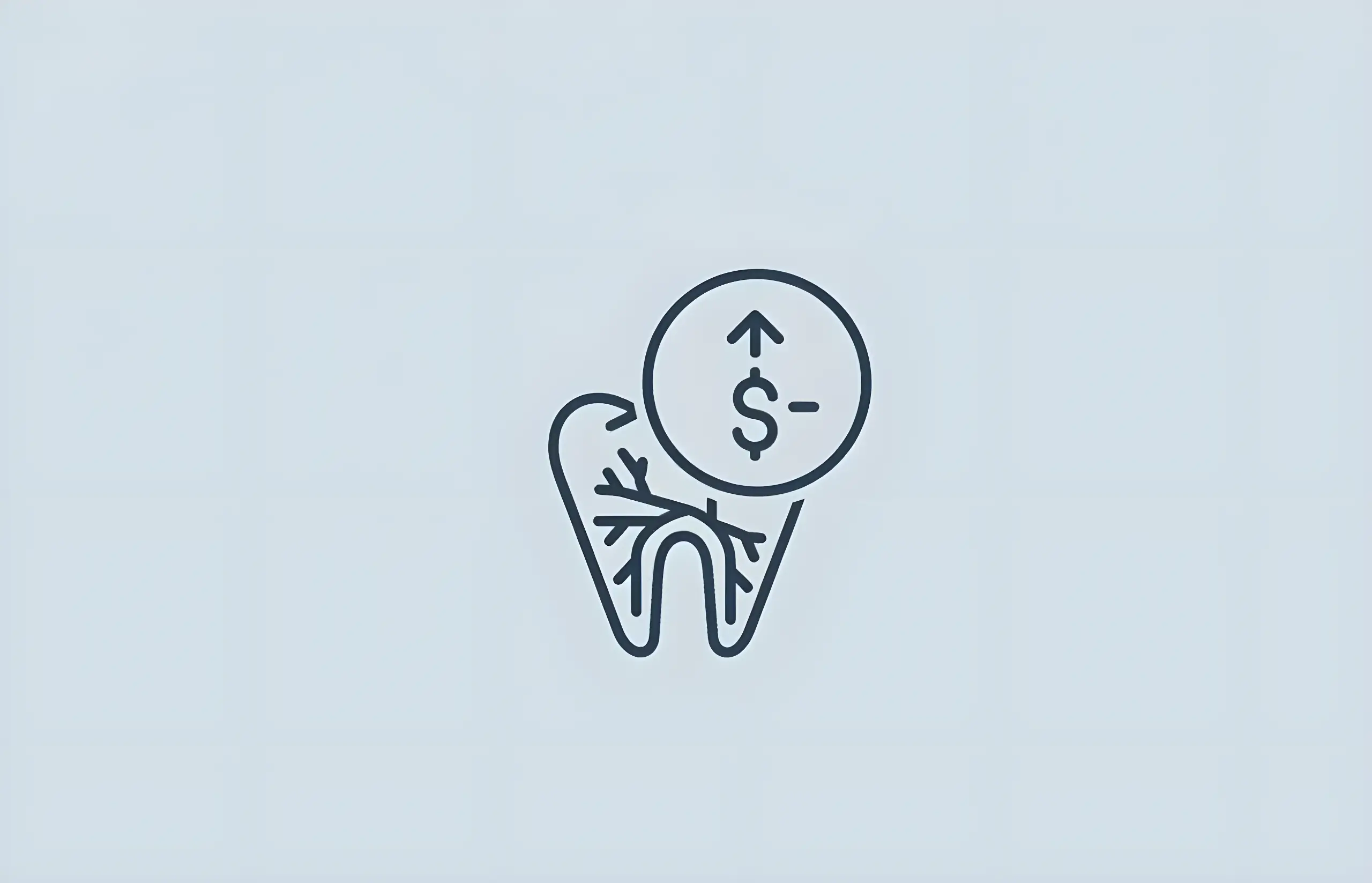Aside from looking for common problems like plaque and tartar, a dentist can also diagnose if his or her patient has developed a condition that requires further treatment. Some of the common problems that may necessitate further procedures include tooth decay, fillings that leak as well as damage that comes about due to trauma, say from a fall.
All these conditions may infect the blood and nerve supply in the pulp. Root canal treatment may be used to rectify situations that arise as a result of such infections.
What is Root Canal Treatment?
Root canal treatment also called endodontics refers to a dental procedure that is used to cure afflictions in the dental pulp or centre of the tooth. The treatment, normally given as a sequence of therapies, is aimed at stopping all further contamination or microbial invasions from the treated teeth. To better understand how the root canal treatment works, it is important to fully comprehend the structure of a tooth.
Tooth Structure and the Pathology of Tooth Decay
A tooth is basically made up of the crown, which is the noticeable part in the mouth, and the root which extends into the jaw bone. The root ensures the tooth is anchored in position. But aside from this basic description, the internal structure of the tooth contains enamel, dentine, cementum and dental pulp. Dental pulp is the soft tissue at the tooth's centre. Dental pulp's primary function is to form dentine, the most important part of any tooth.
Despite the pulp's important purpose, it is susceptible to bacterial attacks especially if the tooth is not well taken care of. If it is infected, it begins to die. Bacteria can then proliferate, spread. If this happens, both bacteria and the substance produced pass out of the end of the root canal through the small hole at the root where the nerves and the blood vessels enter.
When it gets to this stage, there usually isn't anything to stop the flow of bacteria into the surrounding tissues. The tissues around the root of the tooth become red and swell as a result. This may then degenerate into extreme pain, facial swelling, and complete damage of the dental pulp, also called a dental abscess.
The Root Canal Procedure
Damage brought about by bacterial attack can be rectified by complete elimination and sealing out of the said bacteria. This can be done by extraction which refers to the removal of the affected tooth or salvaging the tooth by root canal treatment to keep off bacteria. Surgical removal of the dental pulp tissue is also recommended where the tooth is considered threatened such that future infections are very likely or inevitable.
The procedure involves drilling the pulp chamber and removing the infected dental pulp. The dentist then drills out the root canal nerves using H or K files. These essentially are long needle-like hand instruments. When drilling out the nerves, dentists normally start with smaller file sizes (pathfinders) and progress systematically to larger files as they aim to further widen the canals. This process serves three functions; removal of debris, extraction of the infected tissue as well as facilitating a greater penetration for the irrigating solutions.
Successful drilling usually is followed by filling up all the root canals and the empty pulp chambers with inert material. Once the canals are filled, the opening is then sealed out. Because this process leaves the tooth void of blood supply and nerves, it is best that such a tooth be covered with a crown.
Gutta-percha is used as the standard filling material. It is a natural polymer derived from the latex of the gutta-percha tree. Standard root canal therapy technique involves putting a gutta-percha cone and sealing cement inside the cleaned out canal. Another technique involves pressing or injecting heat-softened or melted gutta-percha into the passages of the root canal. This thermal technique is however unreliable in certain instances because gutta-percha shrinks while cooling; using a combination of techniques is advised in such situations. The material is however radiopaque as such allows verifications to be conducted to see if the canal passages have been completely sealed out.
Another filling material is Sargenti Paste, known by trade names N-2 Universal or RC-2B White among other names. It however is not as commonly used as gutta-percha. This filling material contains paraformaldehyde, a polymer of formaldehyde.
How Much Does a Root Canal Procedure Cost?
National Health Service provides dental services but patients have to pay for such a procedure. The cost of obtaining a root canal treatment is £62.10. This fee includes charges for examinations, X-rays and consultations on how to prevent follow-up problems. Patients who want crowns installed after the procedure pay a total of £269.30.
The costs in private practice vary by location. According to a survey carried out by an online private health care search engine and published in The Telegraph, the cost of a root canal therapy in the UK can be as low as £70 or as high as £595 depending on the patient's location.
| Type | Approximate price |
|---|---|
| Root canal treatment (NHS) | £62.10 |
| Root canal treatment with crown (NHS) | £269.30 |
| Root canal treatment on front teeth (private) | £100 - £350 |
| Root canal treatment on back teeth (private) | £300 - £700 |
Is the Root Canal Procedure Painful?
Many patients fear root canal therapy probably because of the painful abscess associated with it. Modern techniques are however considerably painless because local anaesthetic is incorporated in the procedure. Dentists can also administer pain control medication before or after the procedure.
There are instances where achieving a pain-free state before performing the procedure may be tricky. The abscessed tooth having gum blisters filled with fluid or swollen tissue are examples of tricky instances. Pus contained in the abscess may contain acids that can inactivate the injected anaesthetic. A dentist operating such a case may be forced to cut the abscess to drain the pus out. While this in itself is painful; draining the pus also causes the release of pressure that is built up in and around the tooth, this too is painful.
What Makes Someone a Suitable Candidate for Root Canal Treatment?
Patients who suffer a bacterial attack that degenerates into the death of the pulp should get root canal treatment. Usually, pulp infections are caused by tooth decay. The common signs of infection are pain when chewing, biting, or when drinking or eating cold food or drink. Other signs may include swelling of the gum near the infected tooth, darkening of the infected tooth, pus from the tooth, and general facial swelling. It is advisable to see your dentist if you experience toothache.
Sources and References
-
[1]
Outcomes of primary root canal therapy: An updated systematic review of longitudinal clinical studies published between 2003 and 2020International Endodontic Journalhttps://pmc.ncbi.nlm.nih.gov/articles/PMC9322405/
-
[2]
Success rate of endodontic treatment of teeth with vital and nonvital pulps. A meta-analysisOral Surgery, Oral Medicine, Oral Pathology, Oral Radiology and Endodonticshttps://pubmed.ncbi.nlm.nih.gov/14716263/
-
[3]
Gutta-percha in endodontics - A comprehensive review of material scienceJournal of Conservative Dentistryhttps://pmc.ncbi.nlm.nih.gov/articles/PMC6632621/
-
[4]
Endodontic Materials Used To Fill Root CanalsStatPearls Publishinghttps://www.ncbi.nlm.nih.gov/books/NBK587367/
All sources accessed and verified on . Medical information reviewed for accuracy and compliance with current guidelines.
Related Articles
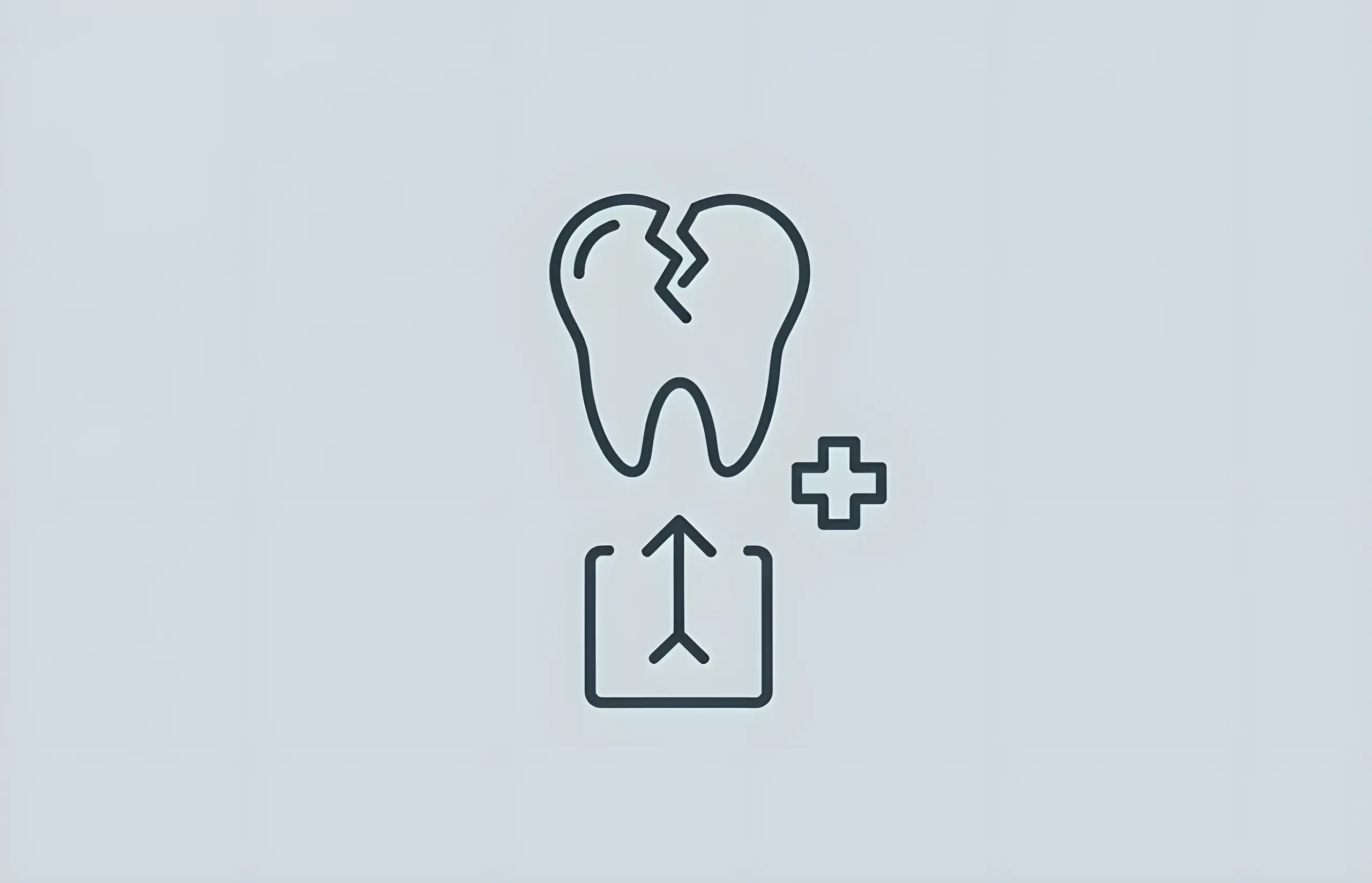
What To Do If You Have A Broken Molar
Understanding why molars break, recognizing symptoms from chips to severe fractures, and knowing when to seek urgent dental treatment

Diastema: How To Fix Gaps In Teeth
Comprehensive guide to diastema causes, types (midline and mandibular), prevalence in children (41.75%), treatment options including braces, veneers, composite bonding, frenectomy, and clinical outcomes
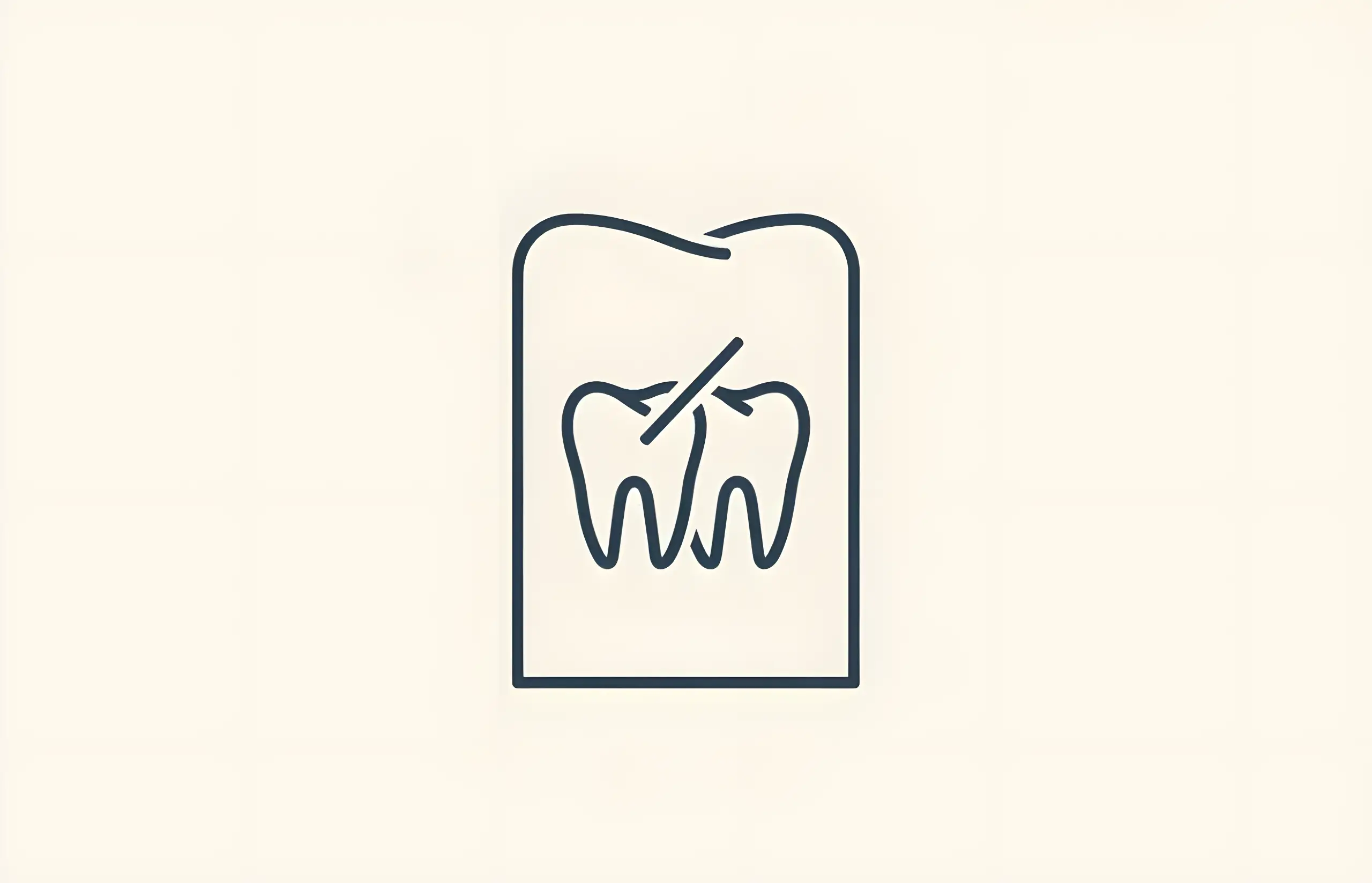
How to Fix a Crooked Tooth
Comprehensive guide to fixing a single crooked tooth, including treatment options, costs, and reasons to seek correction
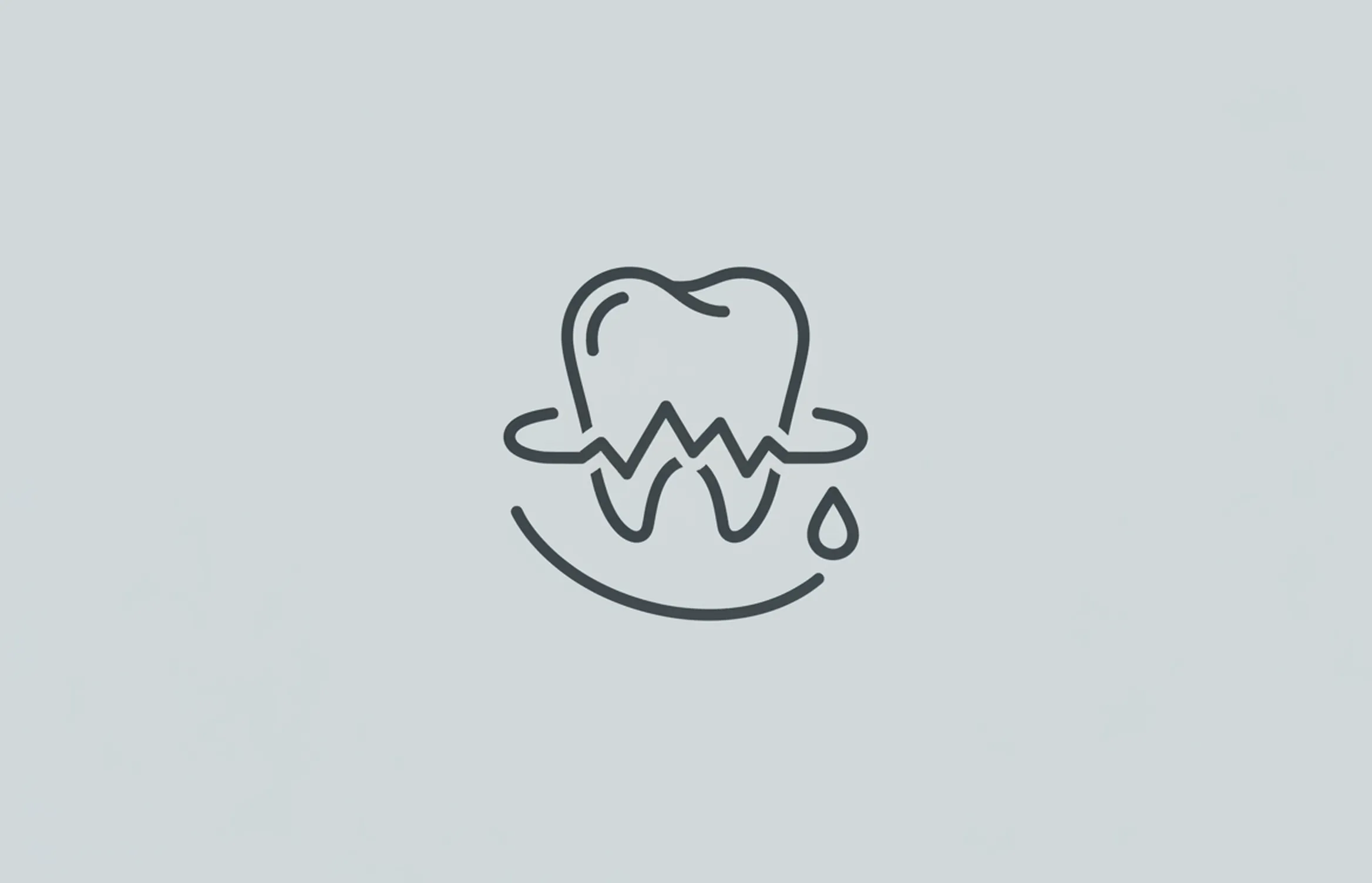
How To Treat Gingivitis
Learn effective treatments for gingivitis including home care strategies, proper oral hygiene techniques, and prevention methods to restore gum health

What is the Cost to Repair Chipped, Cracked, or Broken Teeth?
Comprehensive guide to tooth damage repair costs in the UK: NHS Band 1 (£22.70) for minor chips, Band 2 (£62.10) for fillings/root canals, Band 3 (£269.30) for crowns/veneers, with treatment success rates and prevention strategies
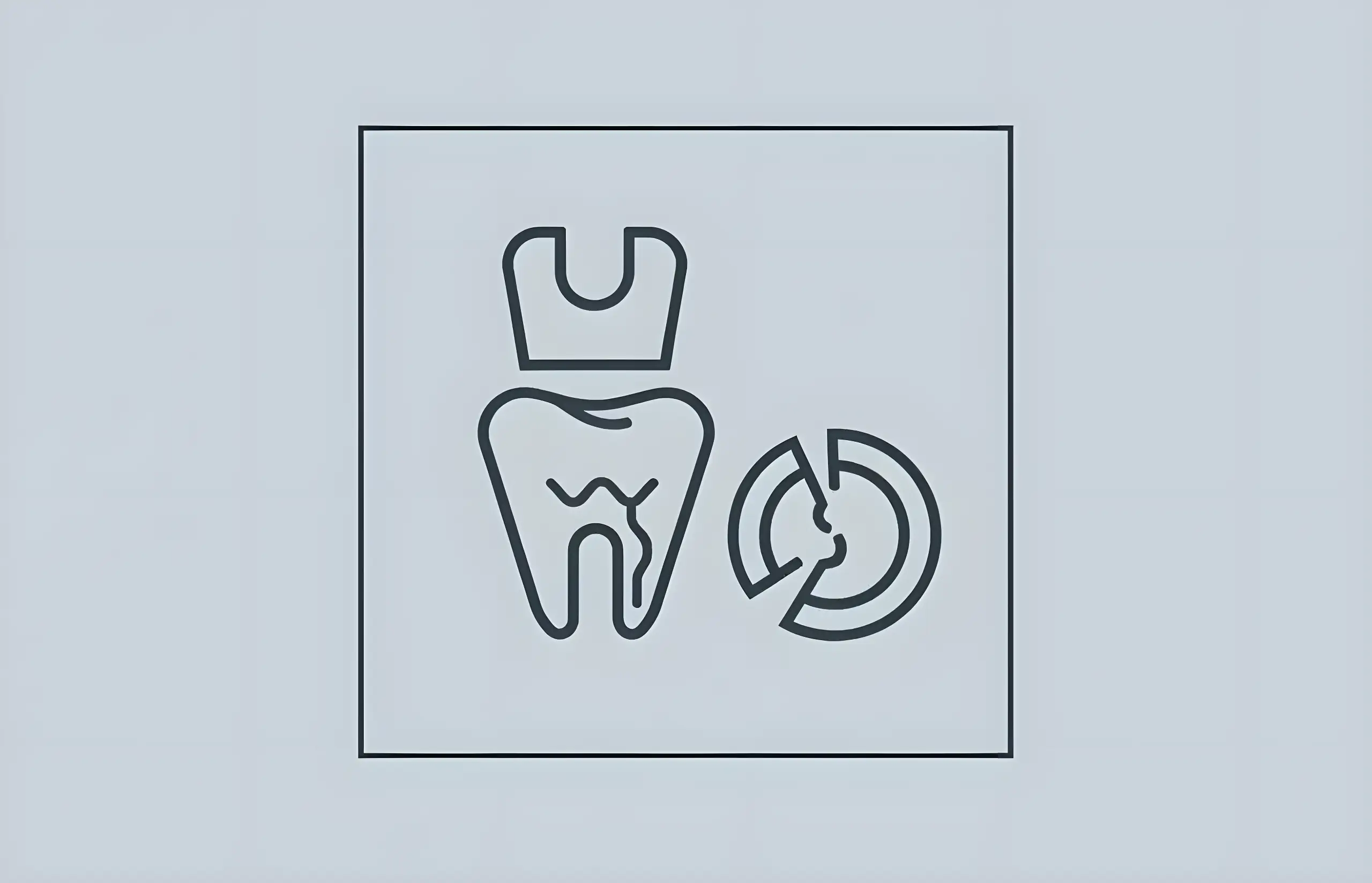
Root Canal and Crown – Costs & Information
Learn about root canal treatment and crown placement including procedure details, benefits, survival rates, and costs in the UK

How Much Does Teeth Cleaning Cost?
Comprehensive guide to teeth cleaning costs in the UK, NHS pricing bands, scale and polish procedures, dental hygiene benefits, and professional teeth cleaning information

How Much Does A Tooth Extraction Cost?
Understanding the costs, procedures, and benefits of tooth extraction in the UK

What Causes Crooked Teeth?
Understanding the genetic, environmental, and developmental factors that lead to misaligned teeth and available treatment options
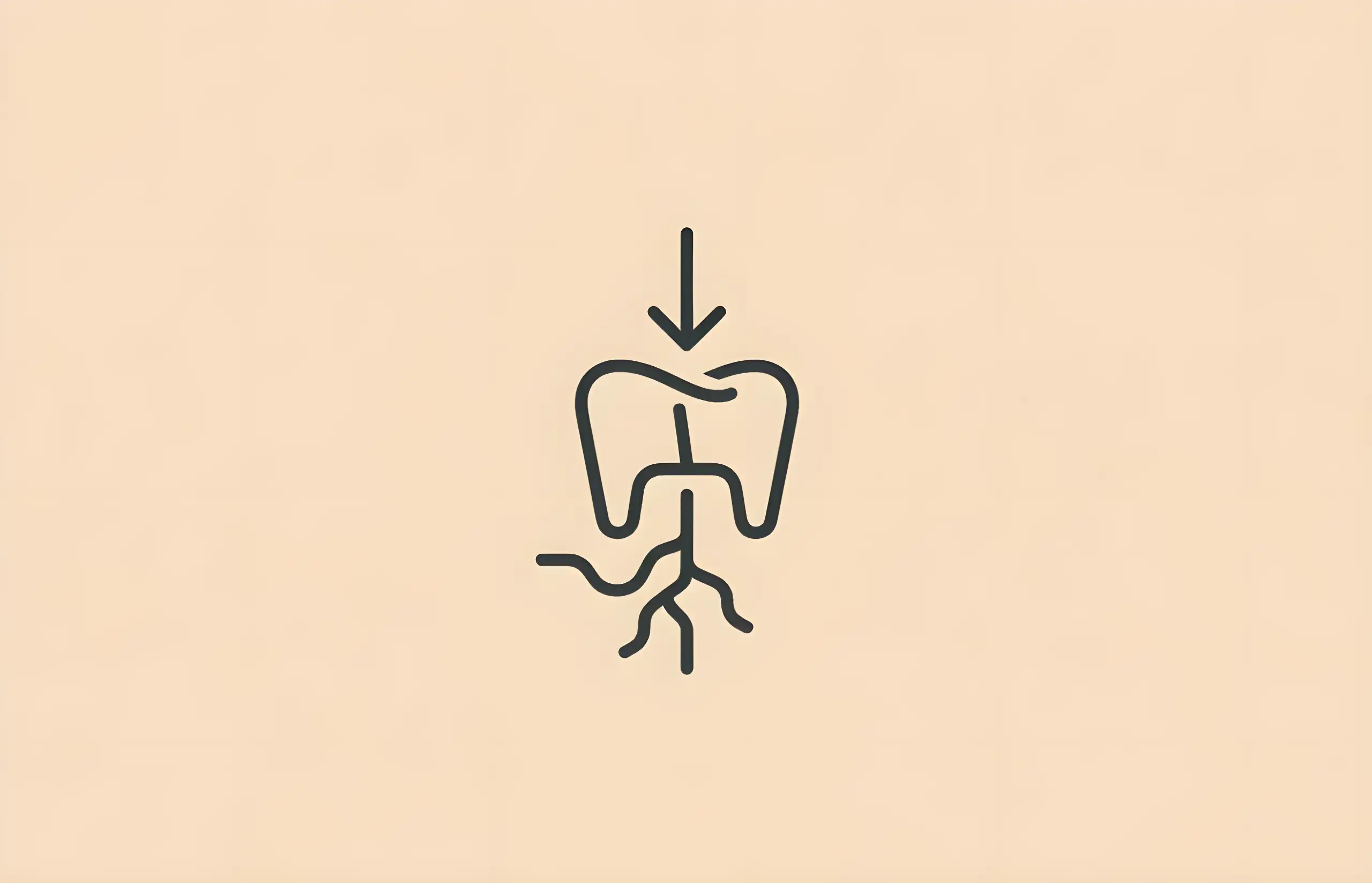
What Causes Teeth to Shift in Adults?
Understanding age-related tooth movement, poor habits, and treatment options to maintain dental alignment in adulthood

What is a Crossbite?
Learn about crossbite malocclusion including types (anterior and posterior), hereditary causes, childhood factors like thumb-sucking, treatment options, and potential complications
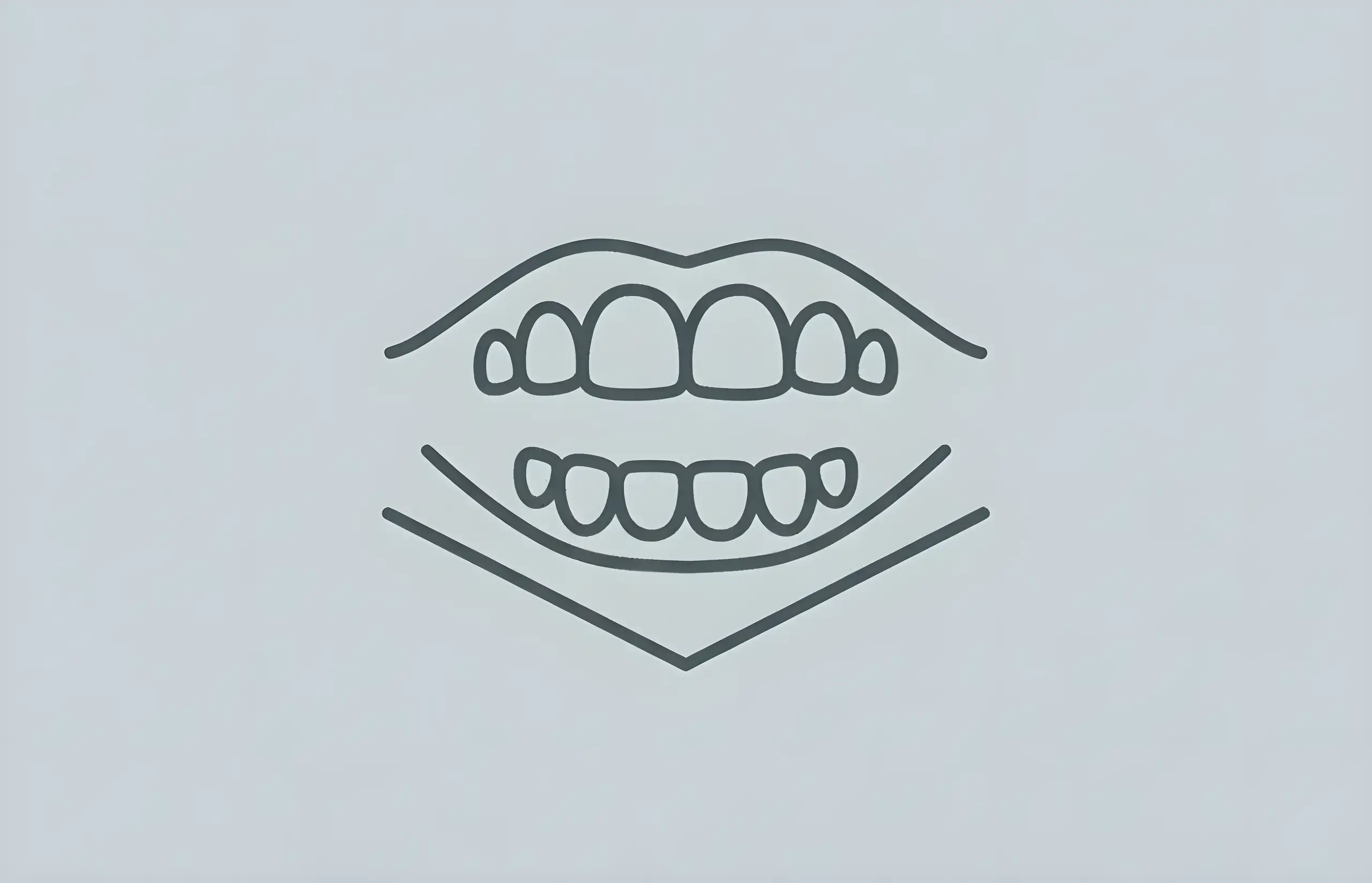
What Is An Open Bite?
Understanding anterior and posterior open bite malocclusion including causes, treatment options from braces to surgery, and functional impacts on speech and eating
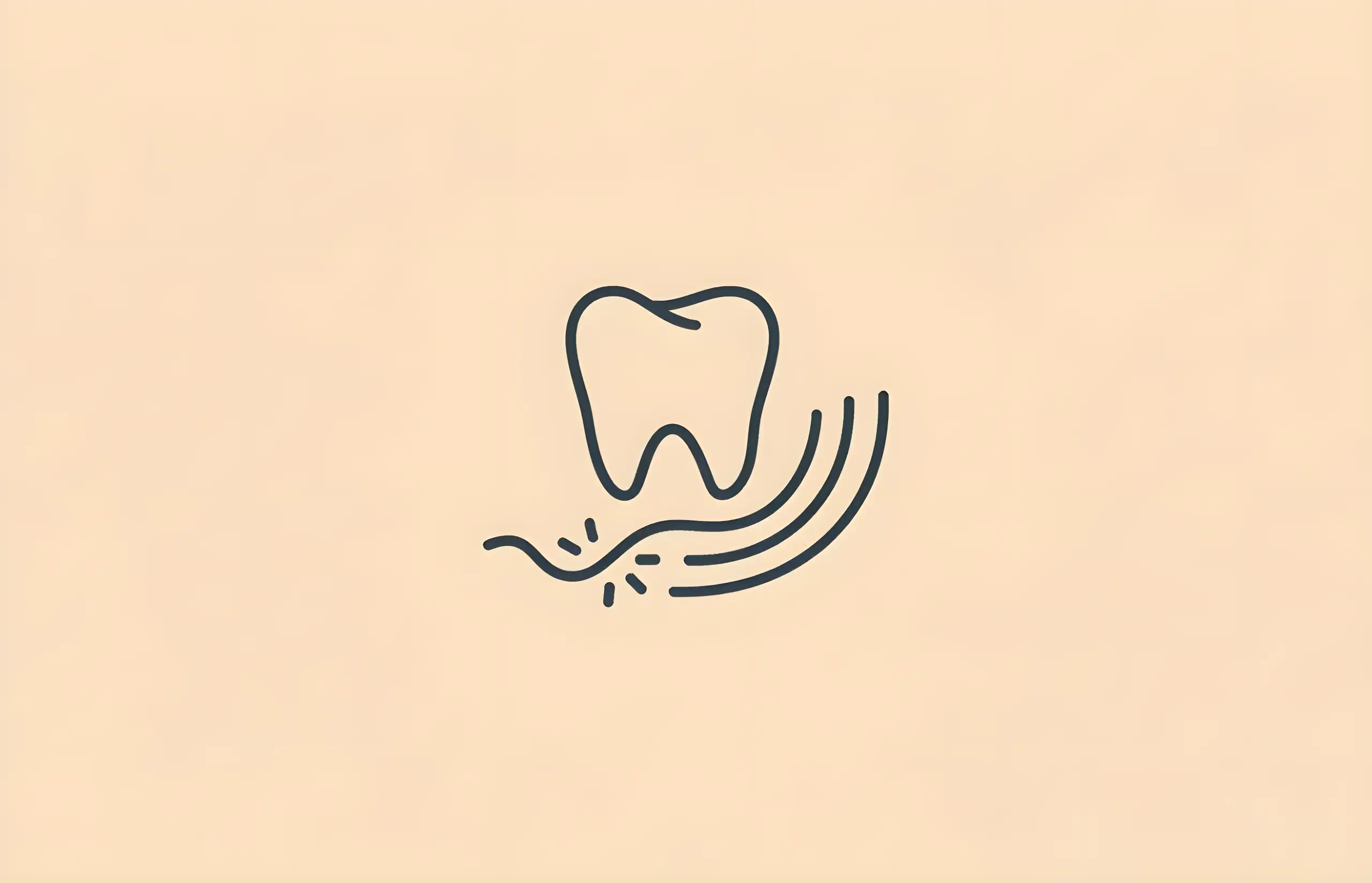
What Is Gingivitis?
Comprehensive guide to gingivitis, a common gum disease affecting 50-90% of adults, including causes, symptoms (bleeding, swelling, bad breath), treatment with scaling, and prevention through proper oral hygiene

What Is Teeth Contouring?
Understanding dental contouring (enameloplasty) - a quick cosmetic procedure to reshape teeth by removing enamel for a straighter, more polished smile
About The Dental Guide
The Dental Guide is a trusted online resource providing evidence-based information about dental health, treatments, and procedures. Our content is created and reviewed by qualified dental professionals to help you make informed decisions about your oral health.
Our Mission
- Evidence-based dental information
- Expert-reviewed content
- Clear, accessible explanations
- Latest treatment options
- Patient-focused guidance
Editorial Standards
- GDC-registered dental professionals
- Peer-reviewed sources
- Regular content updates
- Medical accuracy verification
- Transparent authorship
Important Notice
The information on The Dental Guide is for educational purposes only and should not replace professional dental advice. Always consult with a qualified dentist for diagnosis and treatment recommendations tailored to your individual needs and circumstances.
Medically Reviewed
Reviewed by Dr. Nasim Mechoui , BDS (Bristol)
Share this article
Comments & Discussion
Have questions about dental implants? Share your thoughts or experiences.
